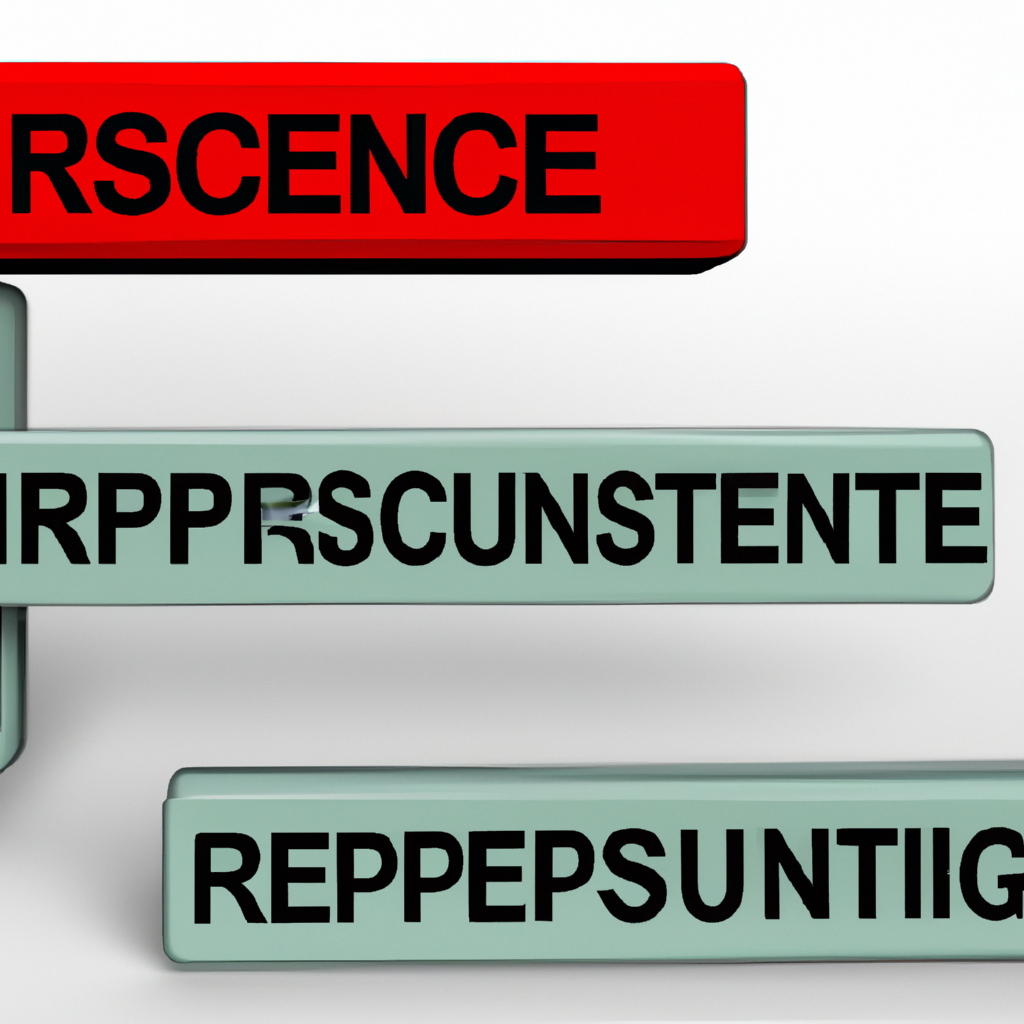
Understanding Support and Resistance Levels in Trading
Understanding Support and Resistance Levels
Support and resistance levels are key concepts in technical analysis that help traders identify potential entry and exit points in the market. These levels are price points at which the market tends to react, either by reversing direction (support) or by facing resistance and potentially reversing (resistance). Understanding how to identify and use support and resistance levels can help traders make more informed decisions and improve their trading strategies.
Support Levels
Support levels are price levels at which the market tends to find buying interest, preventing the price from falling further. These levels are often seen as floors beneath the price, providing a level of support that prevents the price from dropping below a certain point. When the price approaches a support level, traders may look for buying opportunities, expecting the price to bounce back up from that level.
- Support levels can be identified by looking for price points where the price has bounced multiple times in the past.
- Support levels can also be identified using technical indicators such as moving averages or trendlines.
- Traders may use support levels to place stop-loss orders to limit their losses if the price breaks below the support level.
Resistance Levels
Resistance levels are price levels at which the market tends to face selling pressure, preventing the price from rising further. These levels are often seen as ceilings above the price, providing a level of resistance that prevents the price from breaking through and continuing to rise. When the price approaches a resistance level, traders may look for selling opportunities, expecting the price to reverse and move back down from that level.
- Resistance levels can be identified by looking for price points where the price has been rejected multiple times in the past.
- Resistance levels can also be identified using technical indicators such as Fibonacci retracement levels or pivot points.
- Traders may use resistance levels to take profit or to look for short-selling opportunities if the price fails to break above the resistance level.
Using Support and Resistance Levels in Trading
Traders can use support and resistance levels in a variety of ways to improve their trading strategies:
- Identifying key levels: Traders can identify key support and resistance levels on their charts and use them to make trading decisions.
- Confirmation: Traders can look for confirmation from other technical indicators or price patterns before making a trade based on support or resistance levels.
- Setting stop-loss and take-profit levels: Traders can use support and resistance levels to set stop-loss and take-profit levels for their trades.
- Monitoring price action: Traders can monitor price action around support and resistance levels to gauge market sentiment and potential price movements.
By understanding and using support and resistance levels in their trading, traders can improve their decision-making process and increase their chances of success in the market.